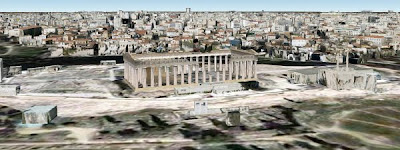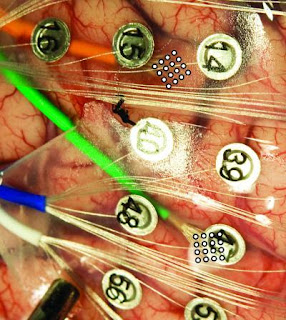A Princeton University-led research team has developed the capability to produce realistic movies of earthquakes based on complex computer simulations that can be made available worldwide within hours of a disastrous upheaval. The videos show waves of ground motion spreading out from an epicenter. In making them widely available, the team of computational seismologists and computer scientists aims to aid researchers working to improve understanding of earthquakes and develop better maps of the Earth's interior. When an earthquake takes place, data from seismograms measuring ground motion are collected by a worldwide network of more than 1,800 seismographic stations operated by members of the international Federation of Digital Seismograph Networks. The earthquake's location, depth and intensity also are determined. The ShakeMovie system at Princeton will now collect these recordings automatically using the Internet. The scientists will input the recorded data into a computer model that creates a virtual earthquake. The videos will incorporate both real data and computer simulations known as synthetic seismograms. These simulations fill the gaps between the actual ground motion recorded at specific locations in the region, providing a more complete view of the earthquake. The animations rely on software that produces numerical simulations of seismic wave propagation in sedimentary basins.

The software computes the motion of the Earth in 3D based on the actual earthquake recordings, as well as what is known about the subsurface structure of the region. The shape of underground geological structures in the area not recorded on seismograms is key, Tromp said, as the structures can greatly affect wave motion by bending, speeding, slowing or simply reflecting energy. The simulations are created on a parallel processing computer cluster built and maintained by PICSciE and on a computer cluster located at the San Diego Supercomputing Center. After the three-dimensional simulations are computed, the software program plugs in data capturing surface motion, including displacement, velocity and acceleration, and maps it onto the topography of the region around the earthquake. The movies then are automatically published via the ShakeMovie portal. An e-mail also is sent to subscribers, including researchers, news media and the public. The simulations will be made available to scientists through the data management center of the Incorporated Research Institutions for Seismology (IRIS) in Seattle. The organization distributes global scientific data to the seismological community via the Internet. Scientists can visit the IRIS website and download information. Due to the research team's work, they now will be able to compare seismograms directly with synthetic versions.
More information:
http://www.sciencedaily.com/releases/2010/09/100922171608.htm
More information:
http://www.sciencedaily.com/releases/2010/09/100922171608.htm






